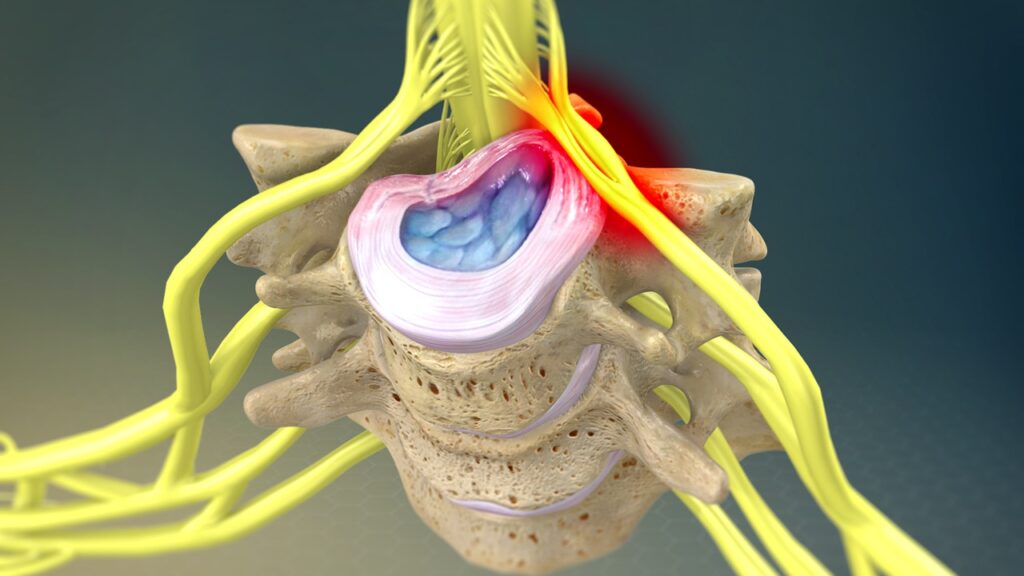More people are afflicted with chronic pain than are afflicted with cancer, diabetes, heart disease, or stroke combined. It is estimated that there are over 3.5 million people in Australia suffers from chronic pain, and it costs the country up to $145 billion annually in terms of both medical care and lost productivity. Pain that lasts for an extended period of time can be debilitating and difficult to cure.
Patients who suffer from chronic pain syndrome are often given the wrong diagnosis, and their condition is poorly understood. It’s possible that their friends and relatives will get tires of listening to them. Because individuals are unable to participate in activities that they formerly liked, it is possible that this will have a substantial impact on their identities. The failure of medical professionals to give a cure is a source of frustration for them.
Before developing chronic pain symptoms, some of the patients we’ve worked with at Chronic Therapy had led successful and fulfilling lives as corporate executives, sports persons, and professors, among other vocations. However, as a result of their experience with chronic pain, they were socially isolated, dependent on medication, and unhappy, and they falsely concluded that their lives had any significance.
The good news is that chronic pain may be managed with the appropriate combination of treatment modalities. The conventional methods of treatment, such as relaxation, exercise, nonaddictive medication, and other tried-and-true solutions can be of help. There are a number of approaches you may take to lessen the impact of your chronic pain and to rebuild yourself.

After suffering from a sickness or accident, it is common for people to experience acute pain. Chronic pain is defined as pain that lasts for more than 12 weeks or beyond the time it normally takes for an injury or illness to recover. The underlying neurobiology of chronic pain was originally explained by a psychiatrist as a disease that is more than simply acute pain which lasts for a longer period of time. It causes reduced function, has a higher level of severity, and can spread beyond the location where the pain first started. The nervous system undergoes a degenerative process. When this happens, pain receptors become more active while internal pain blockers become less effective, which can make even the lightest touch seem excruciatingly painful.
Taking Control of Your Chronic Pain Syndrome
Because they are solely concerned with the symptoms of the pain, individuals may consult a large number of medical professionals in an attempt to find relief; nevertheless, this may not be successful. Pain that is chronic lasts for an extended period of time and does not manifest as a single symptom or a plain experience like acute pain.
Depression is a common symptom of living with chronic pain and can include feelings of exhaustion and worry, as well as shifts in one’s mood, appetite, and ability to sleep. Patients have been observed to have some of the lowest quality-of-life scores among those who are afflicted with serious diseases. People who suffer from chronic pain and depression are at an increased risk of withdrawing from life, which can result in strained relationships and the inability to keep down a job.
At Chronic Therapy, it is not uncommon for us to work with patients who have been dealing with chronic pain for a significant amount of time. People who suffer from chronic pain have an approximately one-third to three-quarters chance of experiencing moderate to severe depression. As a result of the overlap in the two damaged systems — pain reception and mood regulation — patients suffering from depression report experiencing a greater degree of pain. Some of the neurotransmitters and neural pathways that are involved in depression and chronic pain are also involved in both conditions. Because of this, the patient’s pain is greater, their function is poor, their responsiveness to therapy for chronic pain is impaired, and their prognosis is poorer until they are able to get a better handle on their depression.
Some people find that taking antidepressant medication brings them a great deal of relief. When clients prioritise addressing their depression in addition to their chronic pain, we observe remarkable progress in their ability to function normally.

Use of Highly Addictive Substances
The continuous use of powerful drugs that can be addictive, such as opioids and benzodiazepines like Percocet and Valium, is another factor that is well-known to contribute to the development of chronic pain. When used over a period of several years, they have the potential to dramatically exacerbate pain.
Because these treatments prevent the transmission of pain from the affected area to the brain, the nerves gradually become more sensitive to pain over time. It is almost as though the nerves turn up the volume in order to make it easier for the brain to perceive the pain. In order to suppress the more audible signals, the prescribed dosage must be increased. After a while, the pain receptors and processors become so skewed that almost any stimulus will be seen as painful, and the drugs will no longer be effective. These substances not only cloud one’s mind but also depress one’s mood and encourage conduct that draws one within.
When addressing the condition of chronic pain syndrome, it is recommended that medical professionals use a comprehensive approach rather than only concentrating on the symptoms of chronic pain in isolation. Because chronic pain syndrome is a complicated and disabling condition, we need to use a multidisciplinary approach in order to treat the patient as a whole. When it comes to putting together the pieces of the chronic pain jigsaw, medical specialists, counsellors, and physical therapists are all quite helpful.
A physician who specialises in the treatment of chronic pain can safely wean a patient off of drugs that are both addictive and useless and onto beneficial pharmacological combinations. In addition, physical therapy is required in order to rehabilitate wounded bodies and calm down a nervous system that has been overstimulated. Nerves that have been injured can be trained to distinguish between healthy and painful sensations with the help of careful training. A person may identify their strengths, change their expectations, learn to control their anxiety, rebuild their identity, practise relaxation methods, and mend relationships with the aid of counselling.
Maintaining a High Quality of Life While Effectively Managing Chronic Pain
According to research conducted by the National Institutes of Health, people who take active measures to manage the symptoms of their chronic pain are more likely to get alleviation from their condition, regardless of the underlying reason. Problem-solving, avoiding habits that isolate, enhancing communication, accepting physical treatment, and working with a counsellor to assist with reframing an illness are all helpful activities to take.
Patients who suffer from chronic pain must also ensure that each day of their lives includes structure, activities, opportunities for interaction, a purpose, and significance. Research studies have shown that participation in an activity or group that has value to one’s life significantly promotes well-being and happiness.
For more information on how you can better manage your chronic pain symptoms, you should book a consultation session with a specialist at Chronic Therapy today, to give you professional advice that will suit your personal experience.


